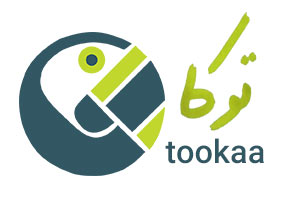Interoperability of NFTs Across Different Blockchains
Non-Fungible Tokens (NFTs) have taken the blockchain and cryptocurrency world by storm in recent years, providing a new way to represent ownership of digital assets. However, one of the biggest challenges facing the NFT market is the lack of interoperability across different blockchains. This limitation restricts the transferability and market liquidity of NFTs, hindering their full potential in the digital asset landscape.
Interoperability refers to the ability of different systems or components to work together seamlessly, regardless of their differences. In the context of NFTs, interoperability means the ability to transfer or use NFTs across multiple blockchains without restrictions or limitations. Achieving interoperability for NFTs is crucial for ensuring their widespread adoption and utility.
Currently, most NFTs are issued and traded on specific blockchains, such as Ethereum or Binance Smart Chain. While these blockchains have their own unique features and advantages, the lack of interoperability between them creates siloed ecosystems, limiting the flow of NFTs between different platforms. This not only restricts the market potential for NFTs but also hinders innovation and collaboration in the digital asset space.
One of the key challenges in achieving interoperability for NFTs is the differences in the underlying technology and standards used by different blockchains. Each blockchain has its own set of rules and protocols for creating and managing NFTs, making it difficult to transfer NFTs between them seamlessly. Additionally, interoperability issues can arise due to differences in consensus mechanisms, token standards, and smart contract capabilities across different blockchains.
To address these challenges, several approaches have been proposed to enhance the interoperability of NFTs across different blockchains. One approach is the development of cross-chain bridges, which act as intermediaries that facilitate the transfer of NFTs between different blockchains. These bridges use specialized protocols and smart contracts to ensure that NFTs can be transferred securely and efficiently across disparate platforms.
Another approach to improving NFT interoperability is the adoption of common standards and protocols for creating and managing NFTs. Standardizing the token formats and metadata associated with NFTs can help facilitate their transferability across different blockchains, enabling seamless integration and interoperability. Initiatives such as the ERC-721 and ERC-1155 standards have been instrumental in promoting interoperability for NFTs on the Ethereum blockchain.
In addition to technical solutions, collaboration among blockchain projects and platforms is essential for promoting NFT interoperability. By working together to establish common standards, protocols, and interoperability frameworks, blockchain ecosystems can create a more seamless and efficient environment for NFTs to thrive. This collaboration can also help address regulatory and compliance issues related to cross-chain NFT transfers, ensuring a secure and compliant ecosystem for digital asset ownership.
As the NFT market continues to grow and evolve, achieving interoperability across different blockchains will be crucial for unlocking the full potential of Anex System these digital assets. By addressing technical challenges, embracing common standards, and fostering collaboration among blockchain projects, the industry can create a more interconnected and vibrant ecosystem for NFTs. Ultimately, interoperability will play a key role in shaping the future of digital asset ownership and distribution, enabling new opportunities and use cases for NFTs across diverse blockchain platforms.

دیدگاه خود را ثبت کنید
تمایل دارید در گفتگوها شرکت کنید؟در گفتگو ها شرکت کنید.